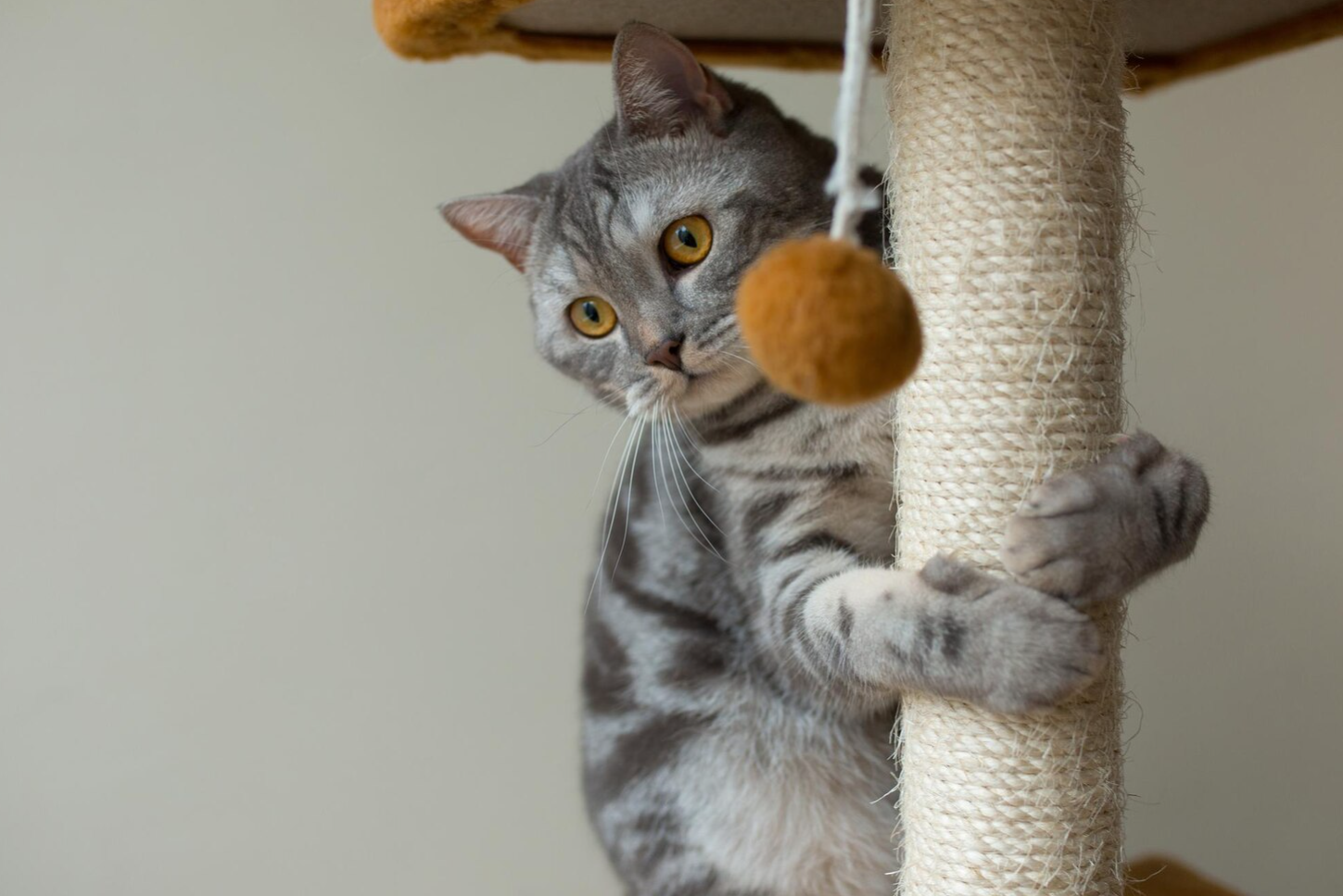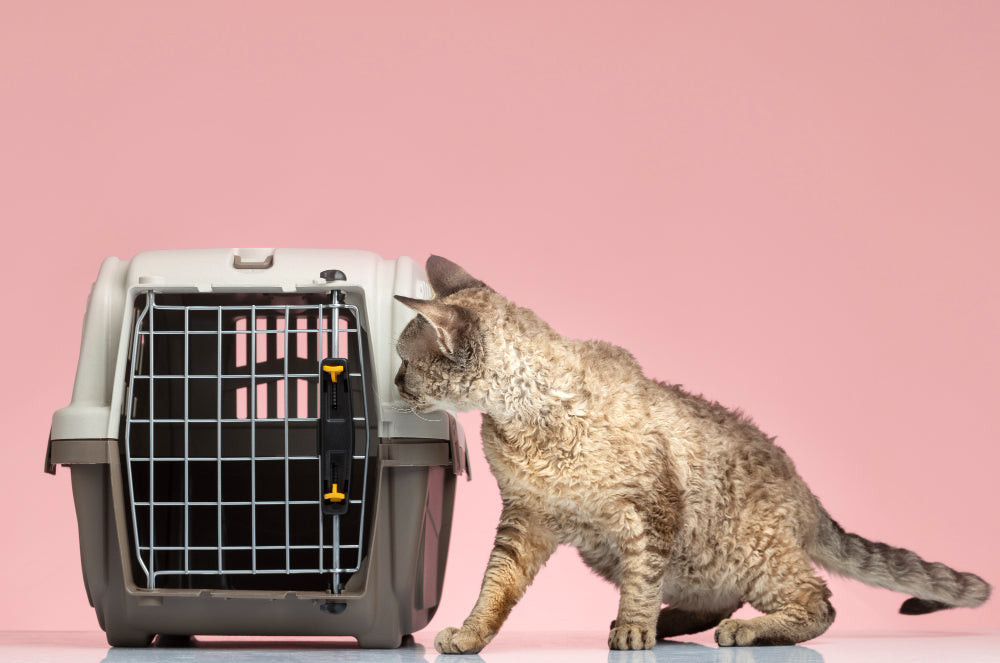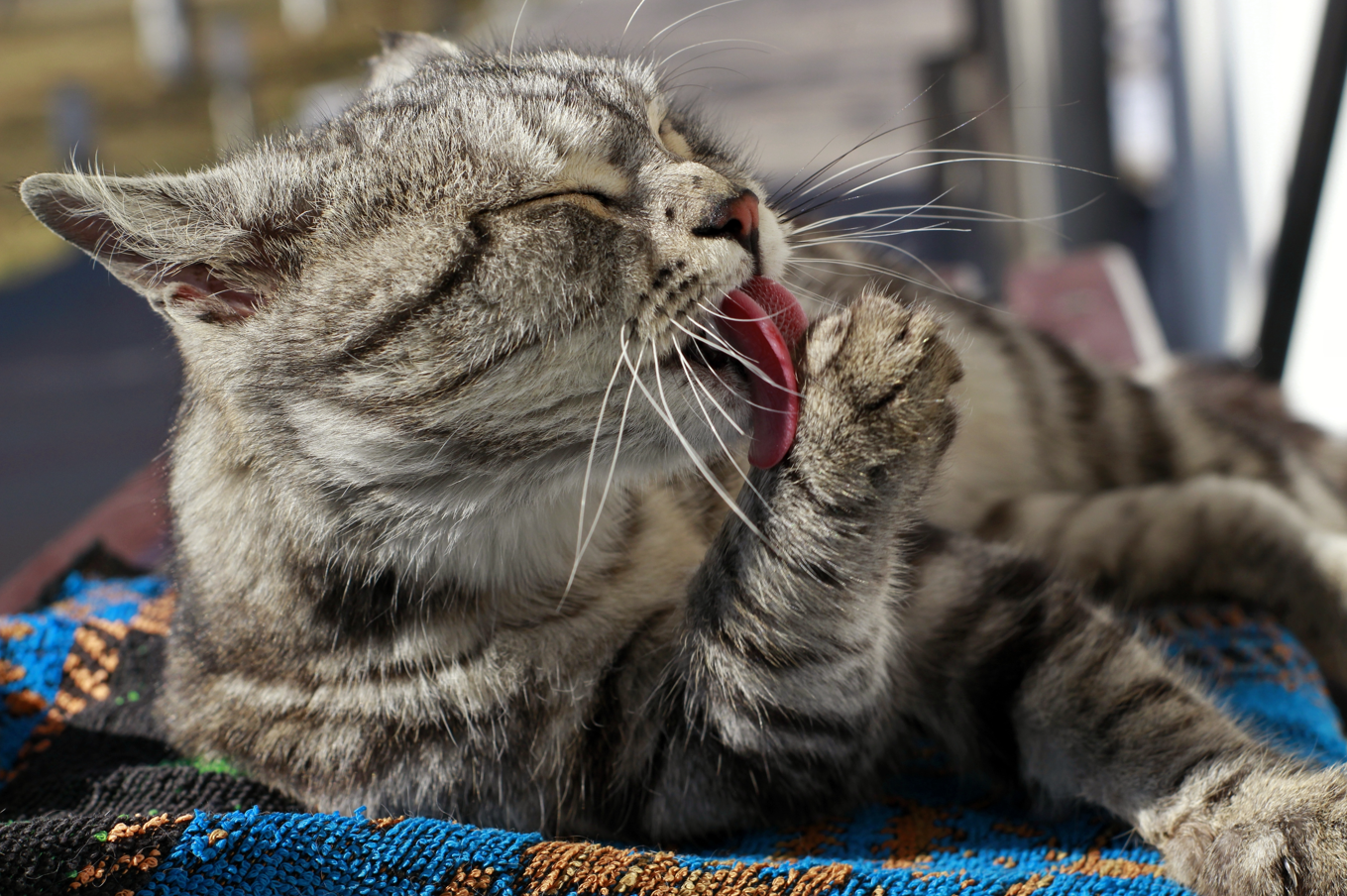
5 easy bird species to keep with your child
, by Michael van Wassem, 4 min reading time

, by Michael van Wassem, 4 min reading time
Animals can teach children to care, observe, and respect in a playful way. Birds are surprisingly fun pets: social, colorful, and often with a quirky personality. But not every bird is suitable for beginners or young children. In this blog, you'll discover 5 easy bird species to start with safely and responsibly.
Why suitable for children: Budgerigars are friendly, curious and can become tame. They are not easily aggressive and often enjoy making contact.
Care: Keep at least two budgerigars together (social species). Cage size: minimum 70 x 40 x 60 cm. Provide fresh water, seed mix or pellets, and fresh vegetables (such as carrots or spinach) daily.
Fun fact: With a lot of patience, they can even learn a few words or melodies!
Please note: Young children should not handle budgies roughly. Let them learn, under supervision, how to approach the bird calmly.
Why suitable for children: Canaries are beautiful to watch, sing beautifully and require less direct interaction than, for example, parrots. Ideal as a 'watching bird'.
Care: A single canary can live perfectly well alone (but with toys and attention). Cage of at least 60 x 40 x 50 cm. Give canary seed, grit and regularly vegetables or fruit.
Fun fact: Only the males sing. Their song is soothing and cheerful.
Please note: This bird does not like to be held. Children should especially enjoy observing it.
Why suitable for children: They are lively, busy and sociable. Especially fun to watch and care for together, less so to hold.
Care: Always keep them in pairs (preferably a male and female). A cage of at least 80 cm wide is necessary, as they like to fly back and forth.
Diet: A mixture for zebra finches, with egg food, occasional vegetables and bath water.
Fun fact: They make funny squeaking sounds and build nests with great enthusiasm (even from toilet paper).
Please note: Not suitable for handling. When caring for children, focus on feeding, changing diapers, and observing.
Why suitable for children: Gentle temperament, affectionate and intelligent. Can be easily tamed. Suitable for older children under supervision.
Care: Daily free flight outside the cage is a must! Cage minimum 100 x 60 x 80 cm. Preferably kept in pairs or with a lot of interaction with humans.
Diet: Special cockatiel mix or pellets, supplemented with vegetables, grit and occasional fruit.
Fun fact: Some learn to whistle on command or simple tricks.
Please note: Not suitable for young children without supervision – too vulnerable and sensitive to stress.
Why suitable for children: Energetic, playful and often very attached to their owner. Especially suitable for families who want to actively interact with their bird.
Care: Always keep them in pairs (hence the name 'lovebird'). Cage size should be at least 80 x 50 x 70 cm. Plenty of toys, rope and climbing branches are essential.
Nutrition: Pellets or seed mix, vegetables, fruit and grit.
Fun fact: Lovebirds can be taught to do tricks or to eat from your hand together.
Please note: This bird requires daily attention and has a rather feisty temperament. Not ideal for very young children.
Caring for a bird teaches children responsibility, respect for boundaries, and to show affection for animals. Choose a bird that suits your child's age, the available space, and the time you want to spend on care and interaction.
Please note: Birds are not toys. Always supervise children when they are interacting with the bird, especially when opening the cage or feeding it.
Do you have a bird at home, or are you planning to get one soon? Send us a photo via klantenservice@fidello.nl and receive a 10% discount on your next order. Or share your experience with #fidellofamilie on Instagram!


